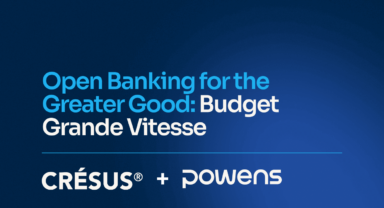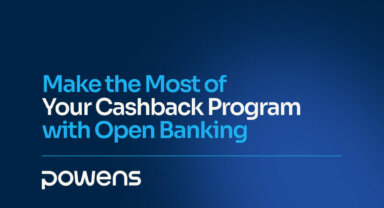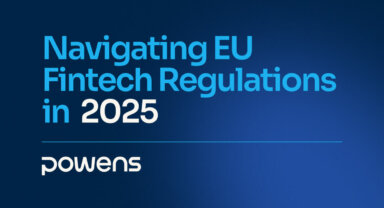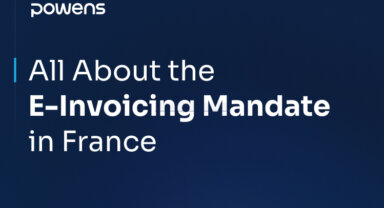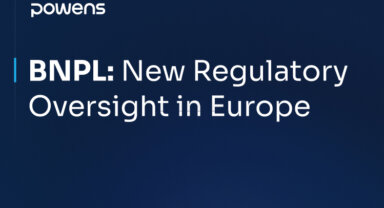Open Banking came into force in 2018 with the revised Payment Services Directive (PSD2), and European users were quick to jump on board. By 2020, Statista reported over 12 million Open Banking users in Europe alone. This year, the report predicts nearly 64 million users in Europe, proving the massive growth and potential that Open Banking offers.
But to unlock that massive growth, both traditional financial institutions and innovative fintechs must first tackle some complex challenges. Let’s review the biggest obstacles and how to overcome them.
What are the challenges of adopting Open Banking?
Regulatory complexity
First off, the regulations in Europe can be a bit of a puzzle. While the current PSD2 and upcoming newer iteration (comprising PSR and PSD3) are initiated by the European Union, their application is not as straightforward and homogenous as it sounds. Each EU member state adds its spin on those Open Banking-related legal frameworks, which creates extra hurdles for businesses needing to stay compliant over different regions.
France has already been leading the way with the STET API standard, which helps banks and Fintechs with legal and regulatory requirements. It also helps integrate apps with bank infrastructure, so launching new services is quicker. This gives France a real edge over other countries that haven’t yet set any similar national standards for API practices.
Still, the varying regulations across Europe present challenges with compliance that businesses need to solve. Europe-wide standards, incorporating all local regulations, would help smaller businesses that can’t afford to hire dedicated teams navigate the regulations over multiple regions.
Concerns about security and privacy
Customers often have concerns about how their financial information is shared. Data breaches and cyber-attacks are very real threats that can shake customers’ trust. Making sure your organization pins down strong security measures, as required by the PSD2 now and the even stricter PSD3 in the future, and meets all applicable data protection laws like GDPR is vital. But they’re no easy feat.
Advanced encryption, regular security audits, and clear data handling practices are crucial. Building trust with secure and user-friendly interfaces, like our console management Webview, hugely impacts user acceptance and adoption. Being transparent about how customers’ data is used and what security measures are in place can reassure these concerns.
Technical challenges
The lack of standardized APIs across different banks and regions makes integration for third-party providers a real challenge, leading to interoperability issues.
Powens’ single API solution, which connects to over 1800 financial institutions in 12 European countries, shows how integration can be simplified. End-to-end testing with real bank accounts ensures the best conversion rates and smooth integration, which addresses many of these technical woes.
Adopting industry standards for API development and fostering collaboration among banks and Fintechs can further reduce these technical barriers. Regular updates and maintaining APIs are essential to incorporate new features or security improvements.
Understanding the market and future prospects
Market dynamics
Europe’s Open Banking market is competitive and traditional banks are competing with agile Fintechs for a piece of the pie. The key to staying ahead lies in understanding consumer adoption rates and market strategies.
In France, Open Banking adoption is expected to jump from 8.5% in 2023 to 36% by 2027. While only 4% of French consumers know about Open Banking, 25% show interest once it’s explained, demonstrating much potential for further growth.
Enhancing customer experiences
One of the most exciting things Open Banking offers is its potential to improve customers’ experiences. Consumers want seamless financial services that are fully integrated and offer real-time account updates, personalized financial advice, and simple payment processes. Meeting these unrelenting expectations and making the services both user-friendly and accessible is crucial for customer satisfaction and retention.
Innovation and future trends
The idea of innovation is really at the heart of Open Banking. Leveraging customer data to make personalized financial products and services is a game-changer. With new waves of potential opening up in AI and machine learning, some truly exciting possibilities become available. It’s vital to stay ahead of these emerging trends in anticipation of new dimensions of consumer expectations.
Addressing the challenges in Open Banking adoption
Overcoming the obstacles of Open Banking adoption will require smart technological solutions. Aspects include navigating complex regulations, ensuring robust security, and overcoming technical and operational hurdles. And each needs strategic solutions.
Only a few companies will have the resources to even attempt to develop these solutions themselves. If not only money but time is of the essence, partnering with an established, regulated Open Banking platform provider like Powens is an effective shortcut. It allows you to overcome the complexities of Open Banking adoption quickly, easily, and successfully.
At Powens, we’re proud to enable financial institutions, Fintechs, and software vendors across Europe to create innovative products and streamline their financial operations with the only platform that integrates Open Finance and Embedded Banking.
Our Open Banking Platform empowers over 280 leading financial institutions and 7 million end-users with comprehensive embedded, frictionless, and fully automated banking and payment experiences.
Get started with Powens today and learn more about how Open Banking can transform your business.
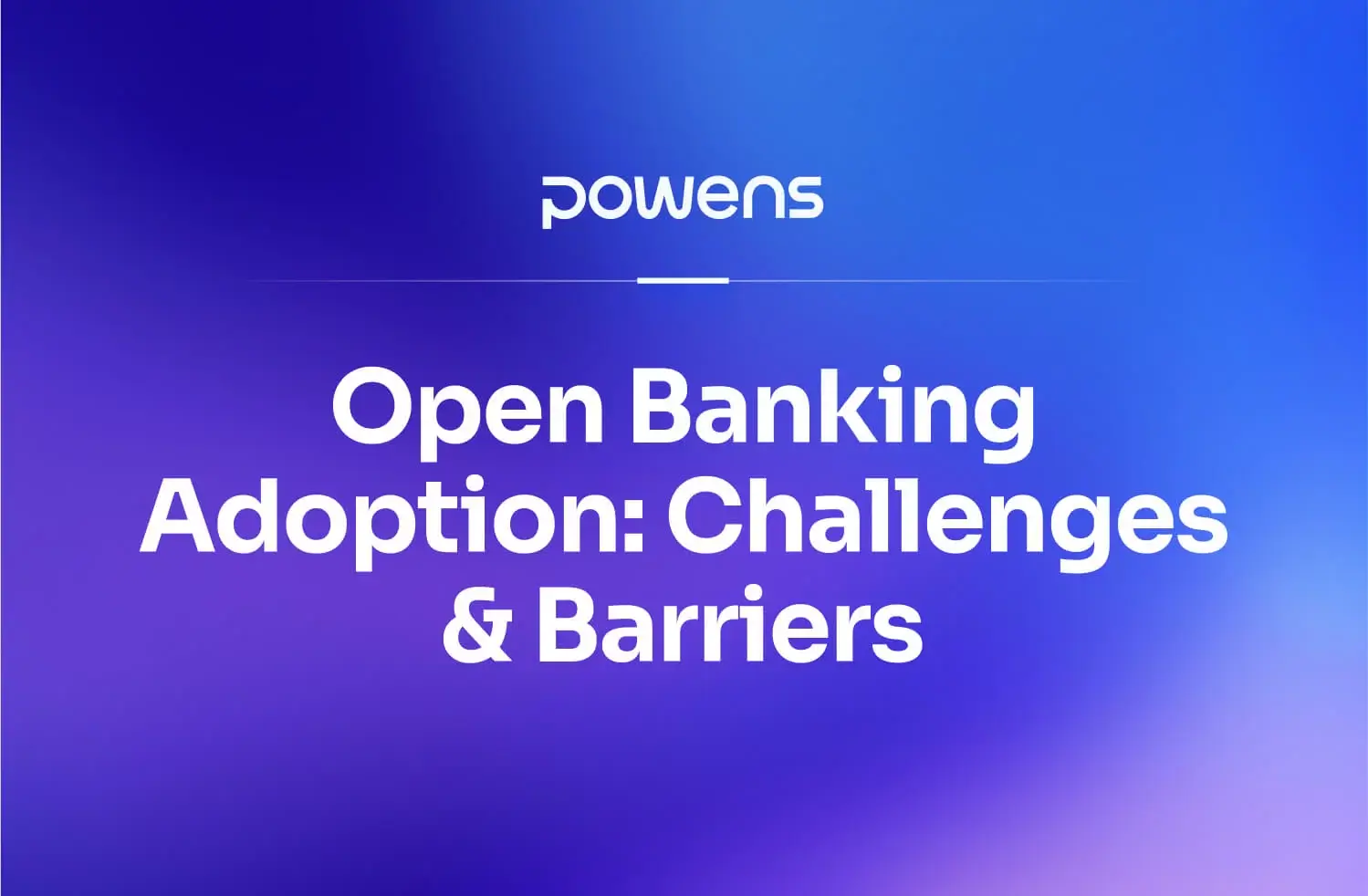
 Oct 13, 2023
Oct 13, 2023 



